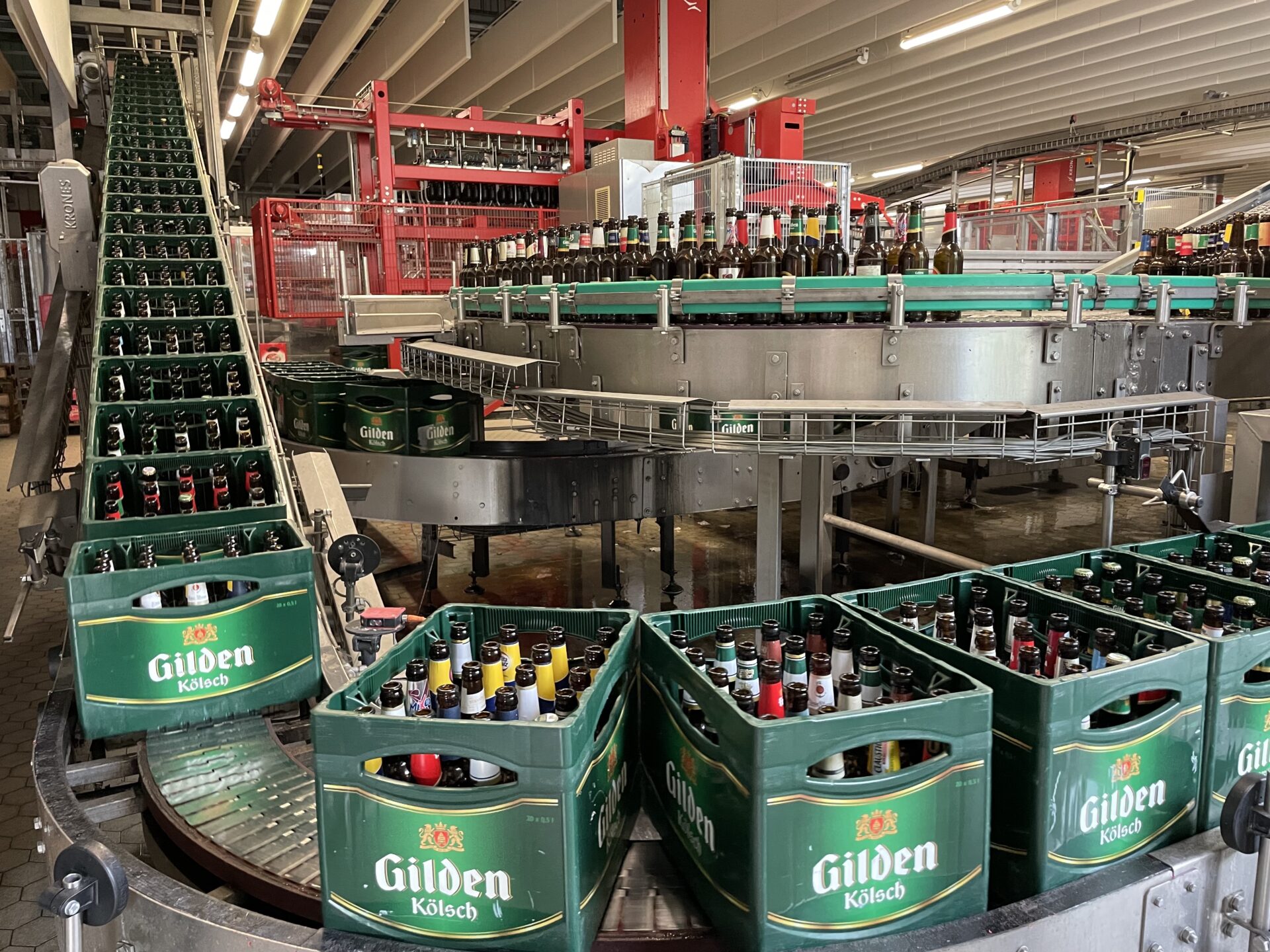
When the Director of Reloop North America told me they were planning a tour of reuse facilities in Europe for United States legislators, I knew I had to be involved. This was an opportunity to join policymakers and other advocates in thinking critically about reuse systems and how to best implement them in America. And it wouldn’t hurt to see these systems firsthand – I could bring back what I learned to help build the reuse future we all deserve.
The tour took a broad look at reuse and refill. We visited breweries that use refillable bottles. Talked to distributors about how to create closed loop systems. Went to supermarkets where consumers could return bottles, cans, jars, and crates. Toured sorting facilities and washing facilities. And heard from European experts about problems with old reuse systems and about new, emerging systems for reusing beverage containers and food ware.
When it comes to reuse in Europe, glass and metal reign supreme. Why? Because even if plastic bottles are lighter, they’re full of toxic chemicals that can be absorbed into our beverages. Glass and metal are safe and durable – two key requirements. Because reuse systems depend on containers coming back enough times to make it cheaper to refill them than to make new single-use containers. The best reuse systems of all rely on local bottling in glass containers. That means safe containers, local and regional washing facilities, and good, local jobs.
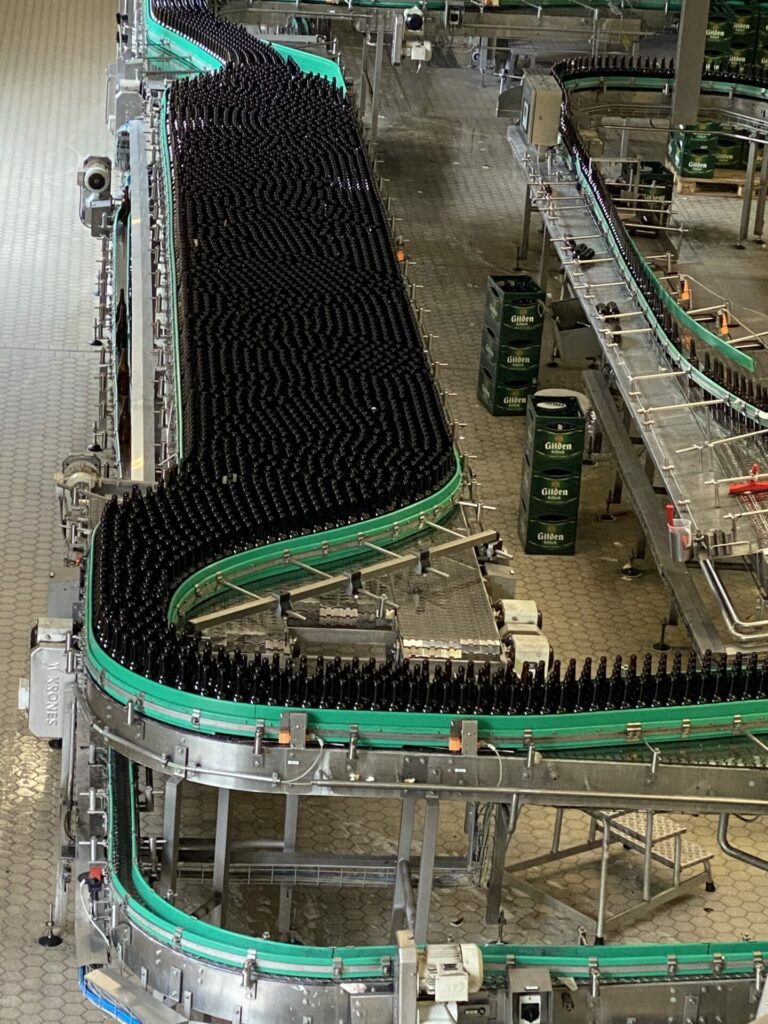
But here’s the thing: None of this happens on its own. No matter where you are, corporations are not taking responsibility for packaging or pivoting to reuse unless they are forced to do so. Case in point: Order some fries at a McDonalds in France and they’ll bring them out in a reusable container. Have a Coke in Europe. Those scuff marks on the glass bottle? They tell you the bottle has been refilled – probably many times.
But go to a McDonalds or buy a Coke in the U.S. and what do you get? A bunch of toxic, single-use packaging that you never asked for. Same companies, but very different behaviors in Europe versus the U.S. They key difference is that many European countries have implemented laws and regulations that spur reuse. Laws and regulations that we just don’t have in the U.S. At least not yet.
The moment for the U.S. to hold corporations accountable for packaging waste is now. But to get there, we need to pass strong legislation that sets clear, enforceable reuse standards. The best place to start? Bottle Bills. Bottles Bills are the strongest recycling programs in U.S. And they will be necessary to collect, sort, and return bottles for reuse and refill systems.
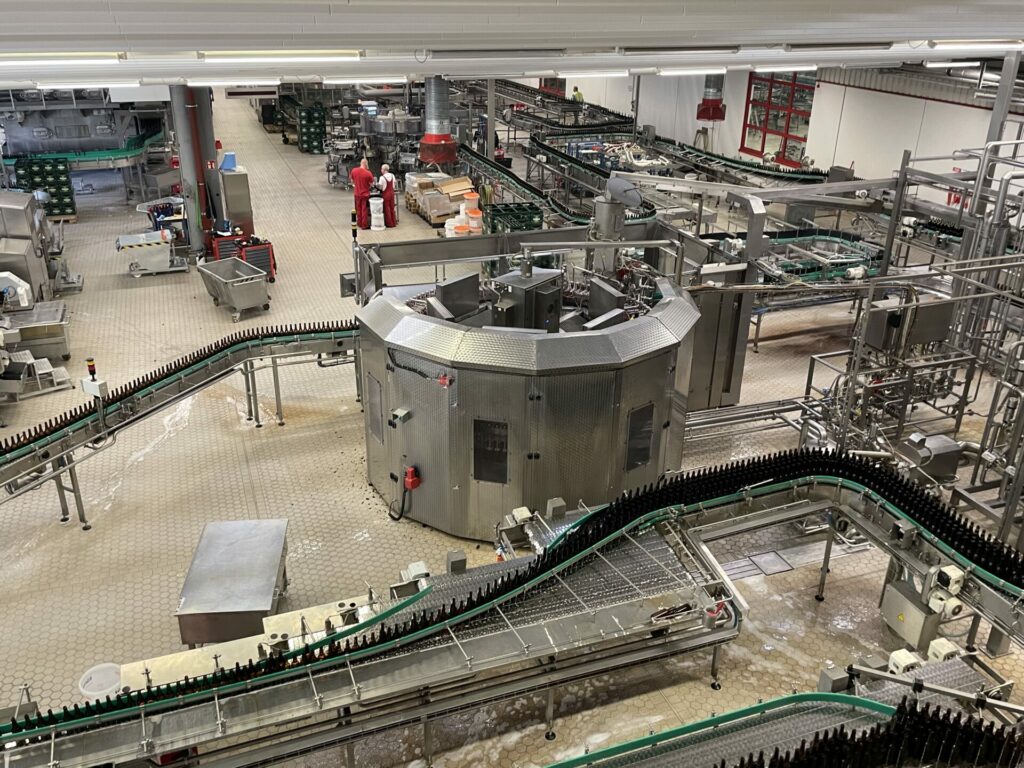
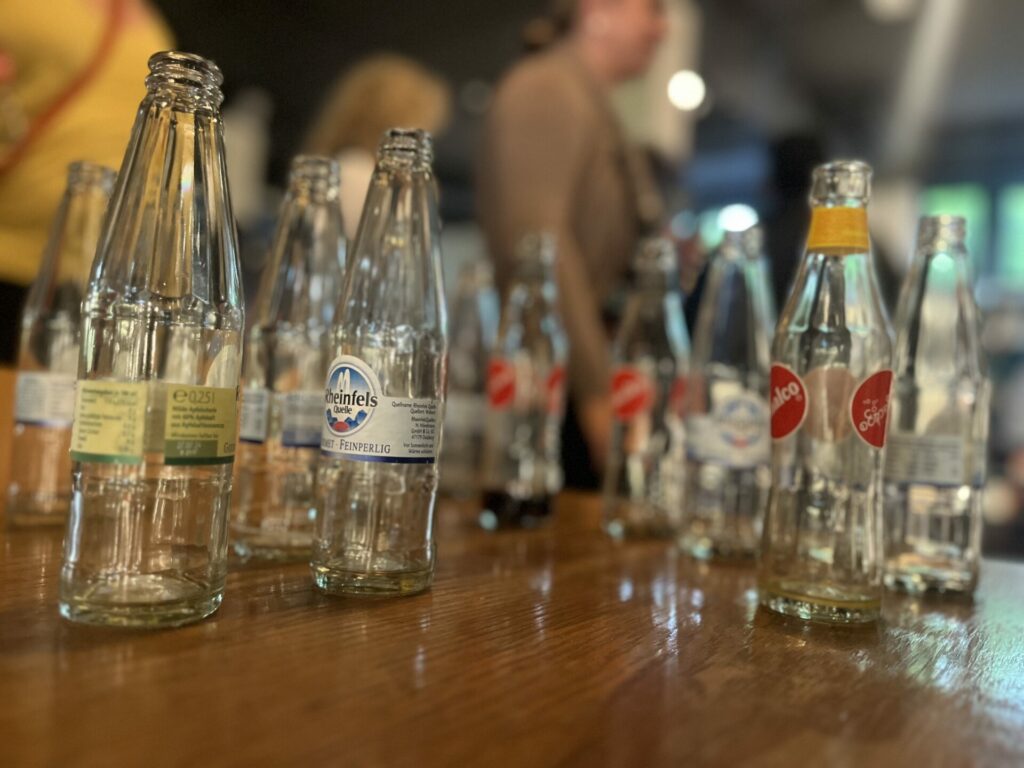
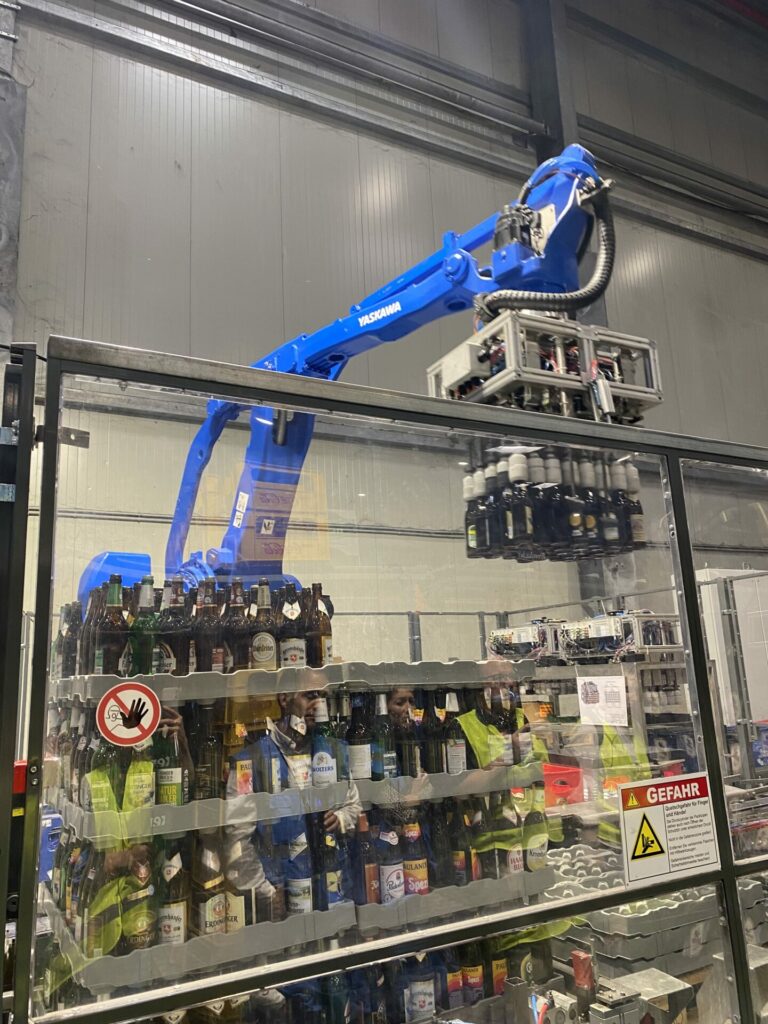
Unfortunately, several countries in Europe have found that sorting different types of beer or water bottles can take a lot of money, time, and energy. In part because many companies have their own historically branded glass bottles that must be sorted and then shipped back to their point of origin to be filled again. We can avoid this problem in the U.S. by requiring standardized bottles for our beverages from the get-go. That way, if a beer is brewed in New York, and then consumed in California, the bottle doesn’t have to come back, it can just be filled with new beer there. Standardized bottles coupled with bottle bill programs save money and energy, and yes, create local jobs.
The U.S. should also prioritize modernizing existing Bottle Bills so that more beverage containers get returned (90%-95% return rates should be the norm) and refill targets are put in place as soon as possible. Modernizing existing laws will also help our nation invest in and adopt refill systems, like bottle washing facilities, more quickly. It’s working across Europe, and it will work here.
Commercial bottle return programs that utilize reusable containers could have an immediate impact in the U.S. For example, the Belgium beer distributor we met in Europe is certain that the restaurants and hotels he supplies will continue to want his beer – because he also picks up their empty bottles when he delivers full ones. Stadiums, universities, assisted living facilities, and cafeterias could easily implement variations of a similar system. Plus, it’s cheaper, safer, and smarter to invest in reusable beverage and food containers.
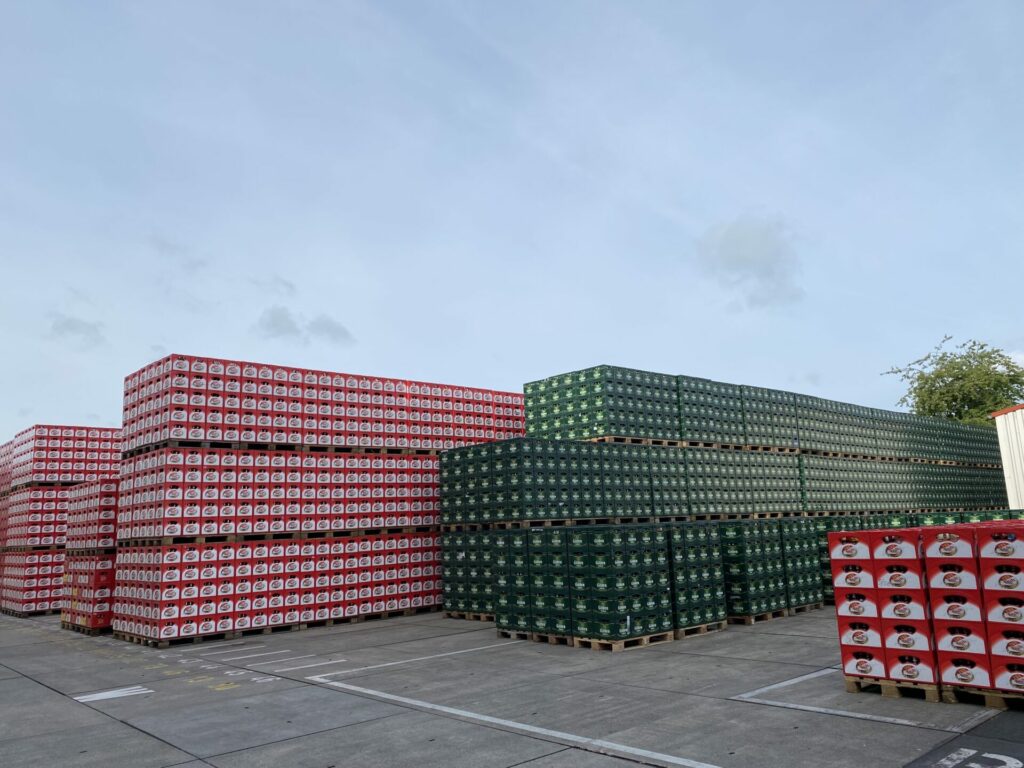
Beverage containers are not the only opportunity for reuse systems in the U.S. Secondary packaging, like cardboard boxes for transporting and delivering products, is a huge part of our packaging waste problem. But we could replace those disposable boxes with reusable ones. In fact, there’s a company in France (with branches in the U.S.) that washes trays for transporting and presenting vegetables and fruits in stores. The trays are foldable, washable, and repairable. If we were to standardize reusable, repairable, and washable transportation crates, we could make a big dent in the secondary packaging waste problem.
There’s a lot the U.S. can learn from Europe when it comes to reuse. But at the end of the day, the basic principles for setting up reuse systems remain the same. Enforceable standards with clear definitions build strong programs. Weak, unclear regulations that corporations can work around, do not.
That’s why your advocacy is so important. Join the movement and help Just Zero push for the right programs, the right policies, and the right laws to make reuse a reality. Reusables and refillables are the best idea in the world, but they don’t happen without action.